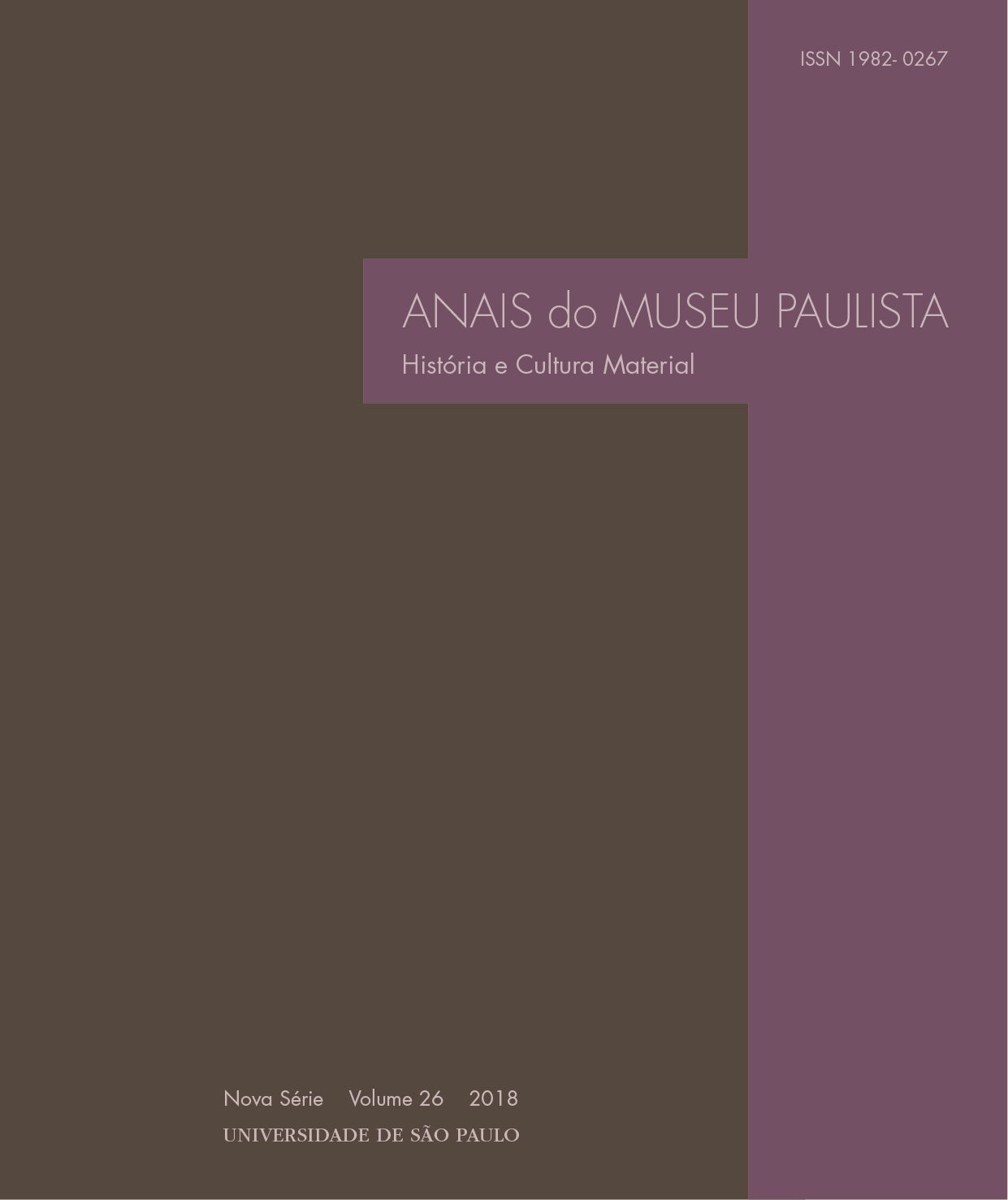Nos caminhos da história urbana, a presença das figueiras-bravas
DOI:
https://doi.org/10.1590/1982-02672018v26e10Keywords:
São Paulo, Urbanization, Landscape heritage, Fig trees, Várzea do Carmo, IpirangaAbstract
This article discusses the role of the so-called “figueiras-bravas” [wild fig trees], which are native species in tropical and subtropical forests, that were usually seeded or spontaneously grew all over the territory. Under their huge canopies, these trees provided spaces of sociability for many urban sites in the 19th Century in Brazil, a phenomenon that dates back to the Colonial era. They were also remarkable landmarks, which often influenced the shape of many Brazilian urban spaces. This article focuses on three cases from the state of São Paulo: first, the case of the city of Lorena, located in the region known as Vale do Paraíba, is presented to understand the contribution of these trees in the construction of its urban memory. In that city, at least four relevant public areas formed from sites were a fig tree existed were identified. Then, two cases of the city of São Paulo will be discussed: the wild fig tree that once existed in Marquesa de Santos’ estate farm, located in the D. Pedro II park, formerly known as Várzea do Carmo, and the wild fig tree known as “Árvore das Lágrimas” [tear tree], which still exists at the Ipiranga neighborhood.
Downloads
Downloads
Published
Issue
Section
License
Autores que publicam nesta revista concordam com os seguintes termos:
- Autores mantém os direitos autorais e concedem à revista o direito de primeira publicação, com o trabalho simultaneamente licenciado sob a Licença Creative Commons Attribution que permite o compartilhamento do trabalho com reconhecimento da autoria e publicação inicial nesta revista.
- Autores têm autorização para assumir contratos adicionais separadamente, para distribuição não-exclusiva da versão do trabalho publicada nesta revista (ex.: publicar em repositório institucional ou como capítulo de livro), com reconhecimento de autoria e publicação inicial nesta revista.
- Autores têm permissão e são estimulados a publicar e distribuir seu trabalho online (ex.: em repositórios institucionais ou na sua página pessoal) a qualquer ponto antes ou durante o processo editorial, já que isso pode gerar alterações produtivas, bem como aumentar o impacto e a citação do trabalho publicado (Veja O Efeito do Acesso Livre).



